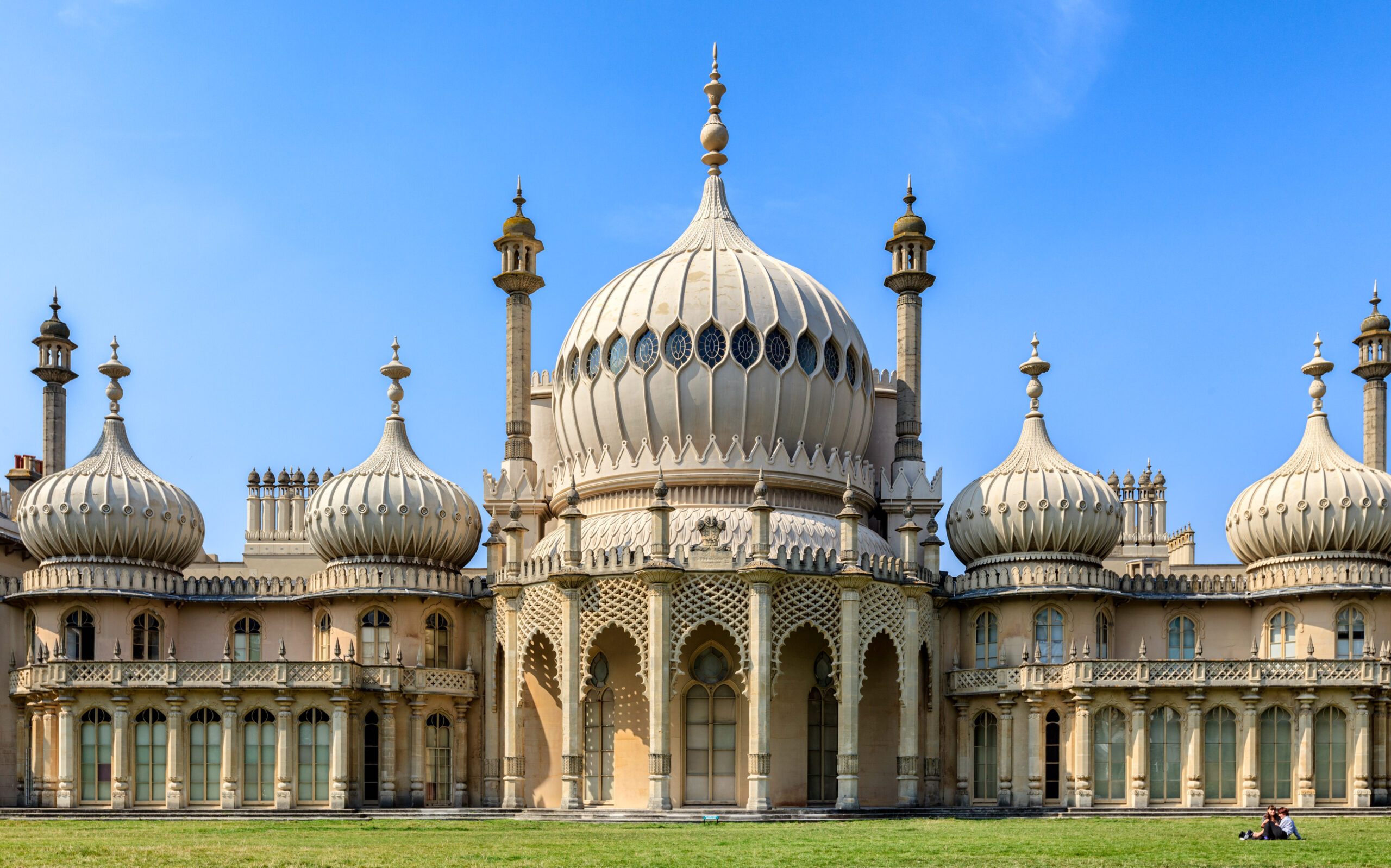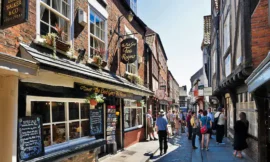The Royal Pavilion in Brighton is a historic and iconic landmark that stands as a testament to the extravagant and eclectic tastes of the Regency era in England. Situated in the heart of Brighton, East Sussex, this magnificent palace-like structure is renowned for its unique architectural style, opulent interiors, and rich history.
Commissioned by King George IV when he was still Prince Regent, the Royal Pavilion was originally built as a seaside retreat and pleasure palace in the early 19th century. Designed by architect John Nash, the building reflects a fusion of architectural influences, combining elements of Indian and Chinese design with traditional English Regency style. This blend of architectural styles creates a striking and exotic appearance that sets the Royal Pavilion apart from other historic buildings in England.
Construction of the Royal Pavilion began in 1787, and it underwent several phases of expansion and renovation over the years. The result is a sprawling complex of domes, minarets, and ornate facades, surrounded by lush gardens and landscaped grounds. The exterior of the Pavilion features intricate detailing, including intricate carvings, elaborate balconies, and colorful domes adorned with dragon-shaped finials.
The interior of the Royal Pavilion is equally lavish, with sumptuously decorated rooms that reflect the tastes and interests of its royal inhabitants. The palace is renowned for its magnificent Banqueting Room, adorned with exquisite chandeliers, gilded columns, and elaborate decorative motifs inspired by Indian and Chinese design. Other highlights include the Music Room, with its stunning domed ceiling and opulent furnishings, and the Great Kitchen, equipped with state-of-the-art facilities for entertaining guests in grand style.
Throughout its history, the Royal Pavilion has served as a luxurious retreat for royalty and aristocracy, hosting lavish parties, balls, and receptions. It became a popular destination for high society during the Regency era, attracting visitors from across Europe who were drawn to its exotic charm and extravagant entertainments.
After the death of King George IV in 1830, the Royal Pavilion passed into the hands of Queen Victoria, who had little interest in the extravagant palace and preferred to reside elsewhere. In the following years, the Pavilion was used for various purposes, including as a hospital for Indian soldiers during World War I and as a civic center for the city of Brighton.
Today, the Royal Pavilion is open to the public as a museum and cultural attraction, offering visitors a glimpse into the opulent world of the Regency era. The palace’s beautifully restored interiors, extensive collections of art and artifacts, and immersive multimedia displays provide a fascinating insight into its history and significance.
The Royal Pavilion remains one of Brighton’s most popular tourist attractions, drawing thousands of visitors each year who come to admire its architectural splendor, explore its richly decorated interiors, and learn about its fascinating history. Whether you’re interested in history, architecture, or simply seeking a unique cultural experience, a visit to the Royal Pavilion is sure to leave a lasting impression.



